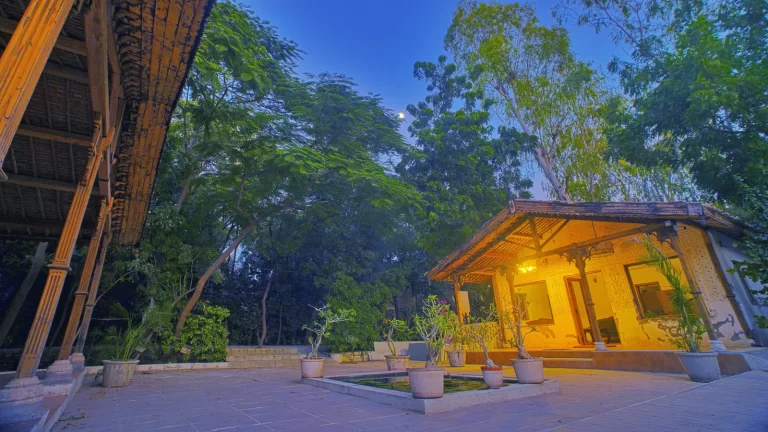Despite its bleak and harsh appearance, the landscape is home to various mammals in addition to the Asiatic Wild Ass, such as Nilgai, Wolf, Striped Hyena and the Indian Fox. A great assortment of birds can be sighted in winter. Cranes and flamingos gather in thousands; there are raptors in plenty and a chance to spot the rare MacQueen’s Bustard.

